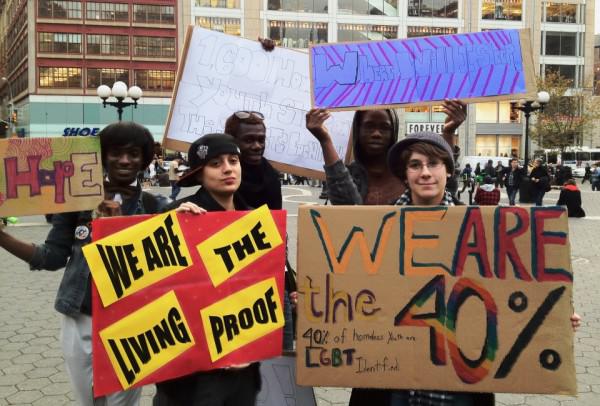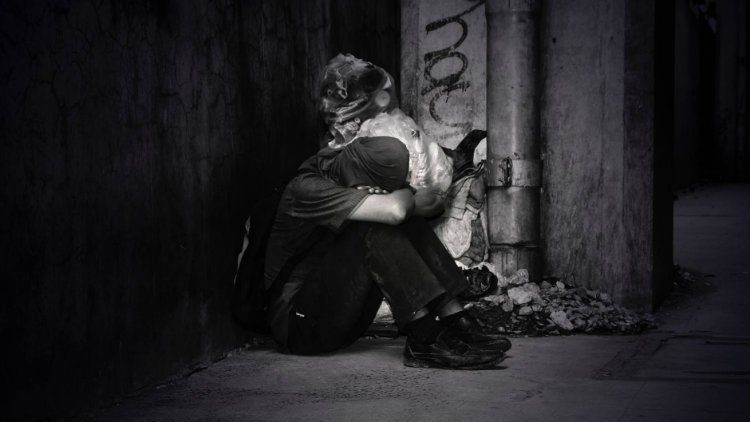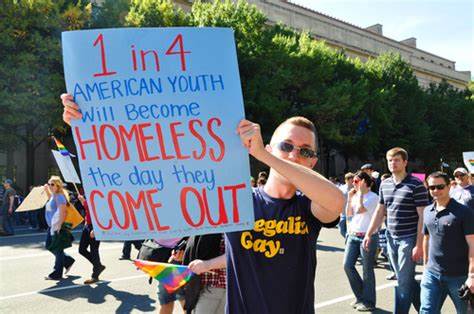
It’s heartbreaking to think that part of our LGBTQ community consists of our vibrant youth who are homeless. This can happen for a variety of reasons, some of which revolve around them being kicked out of their homes simply for being their authentic selves.
It’s an issue that has been going on for years and only continues to get worse. Tomorrow, October 10, marks World Homeless Day, a day where people get together to find ways to change the lives of homeless people in their community and beyond.
James Ryan, President of a fantastic organization called Time For Homes, chatted with Instinct Magazine exclusively about the staggering statistics surrounding LGBTQ homeless youth and what we as a society can to to make this very present problem a thing of the past.

How much of the homeless population out there is LGBTQ youth?
According to True Colors United (https://truecolorsunited.org/our-issue/), there are 4.2 million youth experiencing homelessness in the US each year. Of that, 40% identify as LGBTQ+ (though only 7% of the general youth population identify as such).
Do you find that those numbers have gone down, stayed the same, or increased over the years?
As with the general trends in the overall homeless community, the numbers are only rising. Small pockets of the country see a bit of improvement here and there, but overall, we are failing ourselves as a society. Unfortunately, LGBTQ youth aren’t exempt from that. We see record numbers of homeless LGBTQ youth—and they are experiencing greater levels of sexual assault, domestic violence, dating violence, trauma, HIV infection, stalking violence, and mental health issues than their cis counterparts in the homeless youth population.
Are many them unaware of the shelters and LGBTQ organizations that can take them in, or is it a matter of them being unavailable in their area?
While there are many shelter and services providers, including those that have programming specific to LGBTQ youth, the available resources are insufficient.

What are places like Time For Homes doing to help minimize the homelessness in LGBTQ youth?
Time For Homes works with our partners to provide technical assistance to providers to ensure the LGBTQ population’s unique needs are met. Additionally, we are exploring ways to work with the Ali Forney Center to expand its impact in less inclusive areas.
Furthermore, what can the everyday person like me do to get involved and make sure this is at some point a thing of the past?
The most important thing we can do is to get involved. That can look different for different people. There are some specific suggestions on Time4Homes.org/WHD, but they boil down to asking each of us to examine our role in homelessness. Are we proud of what we do? What can we do to engage? Is that providing dignity to an individual—connecting with them as a person with a conversation rather than just ignoring them as you walk by? Is it volunteering or donating to a charity that’s doing work in this space?
